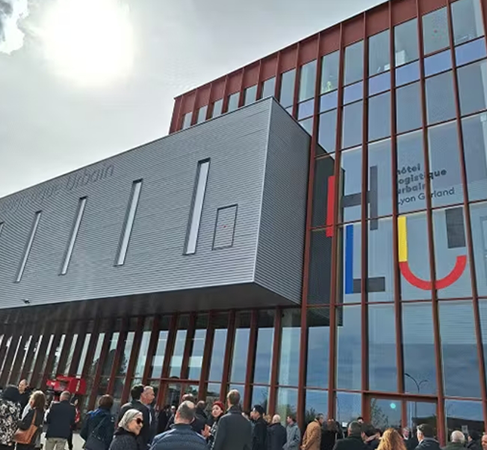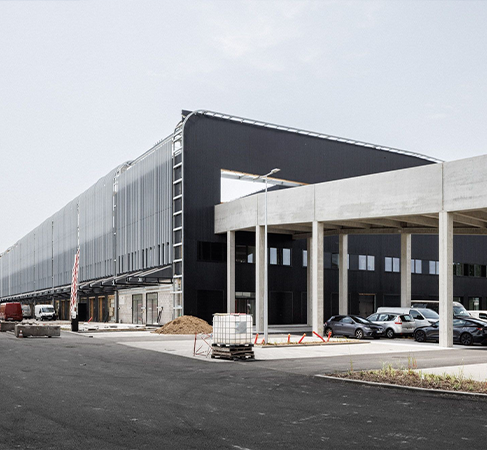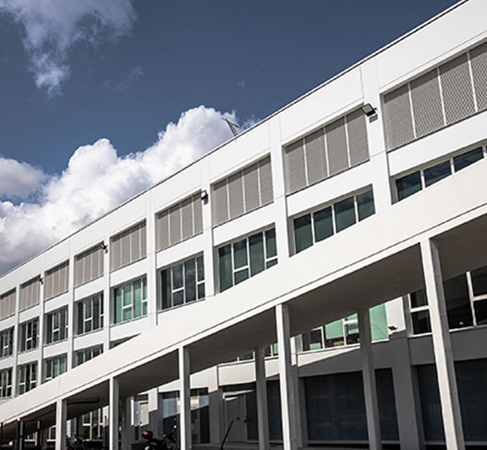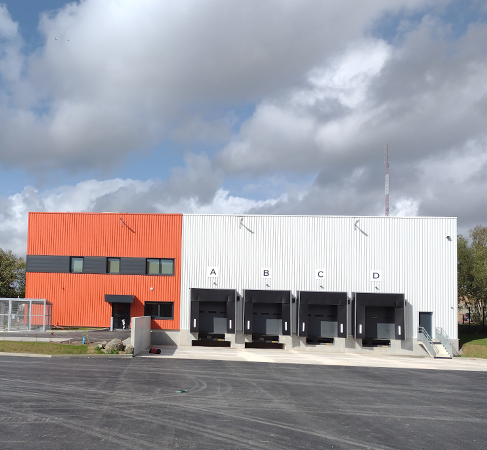La Poste was one of the first companies in the world to set itself objectives in terms of the air pollution generated by its vehicle fleet. It achieved its commitments on reducing nitrogen oxide (NOx) emissions by 30% and particulate emissions by 50% between 2015 and 2020. It has set itself an even more ambitious target for 2025 : a 60% reduction in both types of emissions compared with 2015.
By 2025, Le Groupe La Poste aims to ensure zero or low emissions delivery in 350 cities across Europe, including the 22 largest French cities. Within the same time-frame, one in every two Colissimo¹ deliveries in France will be carbon-free. By 2030, some 50% of the miles travelled by Colissimo to make deliveries and collections will use low-carbon mobility modes.
Accelerating the deployment of La Poste's electric vehicles in cities
Since 2013, La Poste has reduced its GHG emissions from mail and parcel deliveries in France by 32%, thanks in part to the deployment of a fleet of 37,000 electric vehicles.
37,000
electric vehicles
including 15,000 electric bicycles
La Poste will invest €200 million to acquire 8,000 light electric vehicles by 2025.
It already has more than 500 electric cargo bikes and trailers, and will have 1,000 goods-transport bikes by 2025.
Developing the fleet of low-carbon HGVs for medium and long distances
La Poste operates 5,000 heavy-goods vehicles to transport parcels and mail around France on a daily basis; consequently, road transport accounts for 42% of its greenhouse gases.
The Group will invest €400 million to convert its HGV fleet to low-carbon energy. At the same time, the Group also aims to support its 600 partner carriers in transforming their vehicle fleets.
In addition to the biogas and biofuels currently deployed, the use of battery-powered and hydrogen-based electric motors will be prioritised.

Consolidating and optimising deliveries in cities




In order to pool its flows, La Poste has created consolidation platforms (called Urban Logistics Hubs (HLU) on the outskirts of cities. These are supported by logistics sites called "pooling centres" (CDM) with surface areas of 2,000 to 4,000m² in the cities. These pooling centres (CDM) receive deliveries from heavy-goods vehicles. The loads delivered by HGV can then be re-dispatched to the urban logistics areas (ELU) for final delivery using a soft transport mode (cargo bikes). By massifying its flows and favoring the shared tour model, the La Poste group is optimizing the number of movements carried out and vehicles circulating in the city.
(1): Colissimo is the French market leader for parcel deliveries to private consumers (for parcels under 30 kg). In 2023, Colissimo delivered 422million parcels. Between 2013 and 2023, Colissimo reduced its carbon emissions by 42%.
